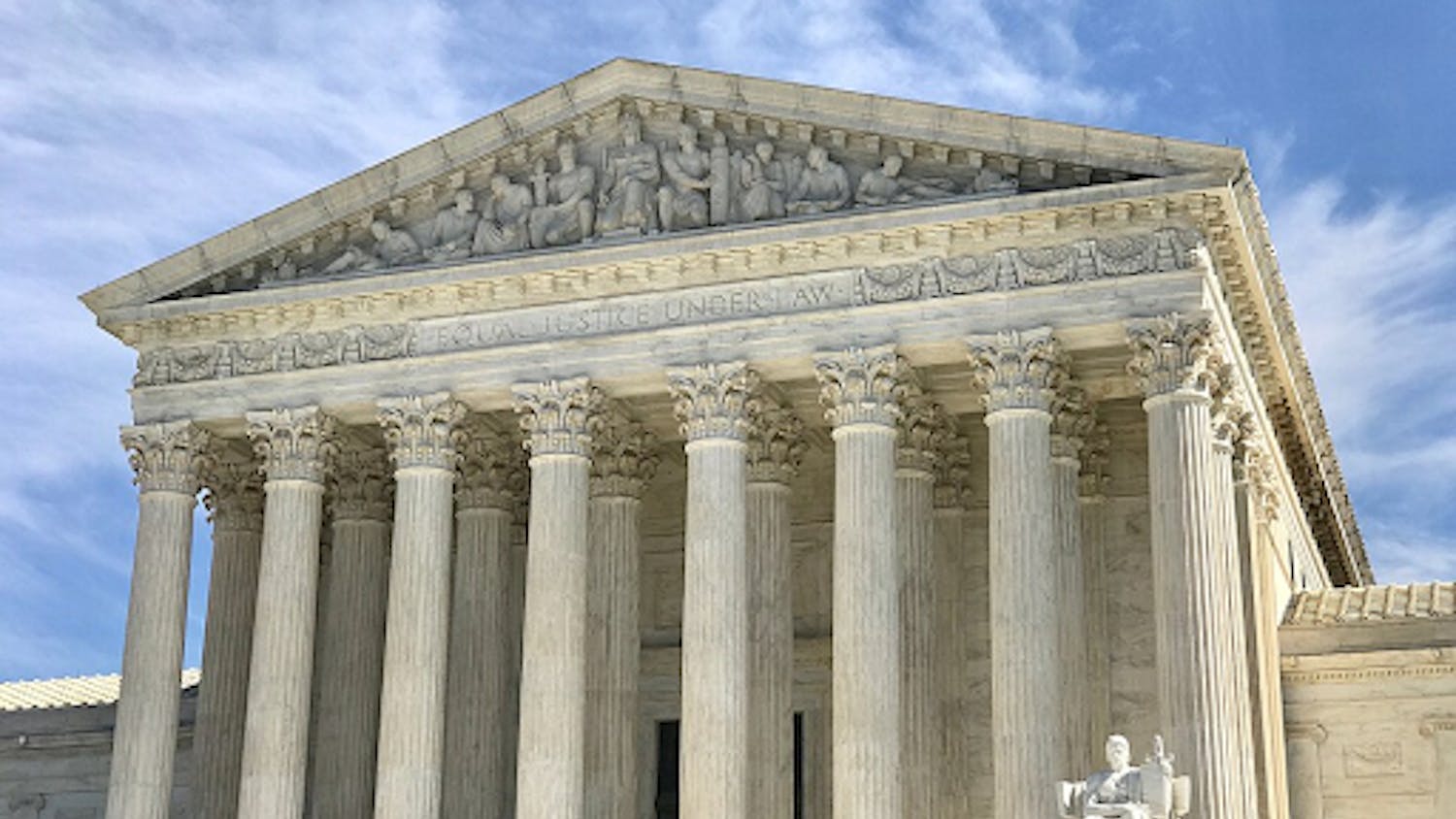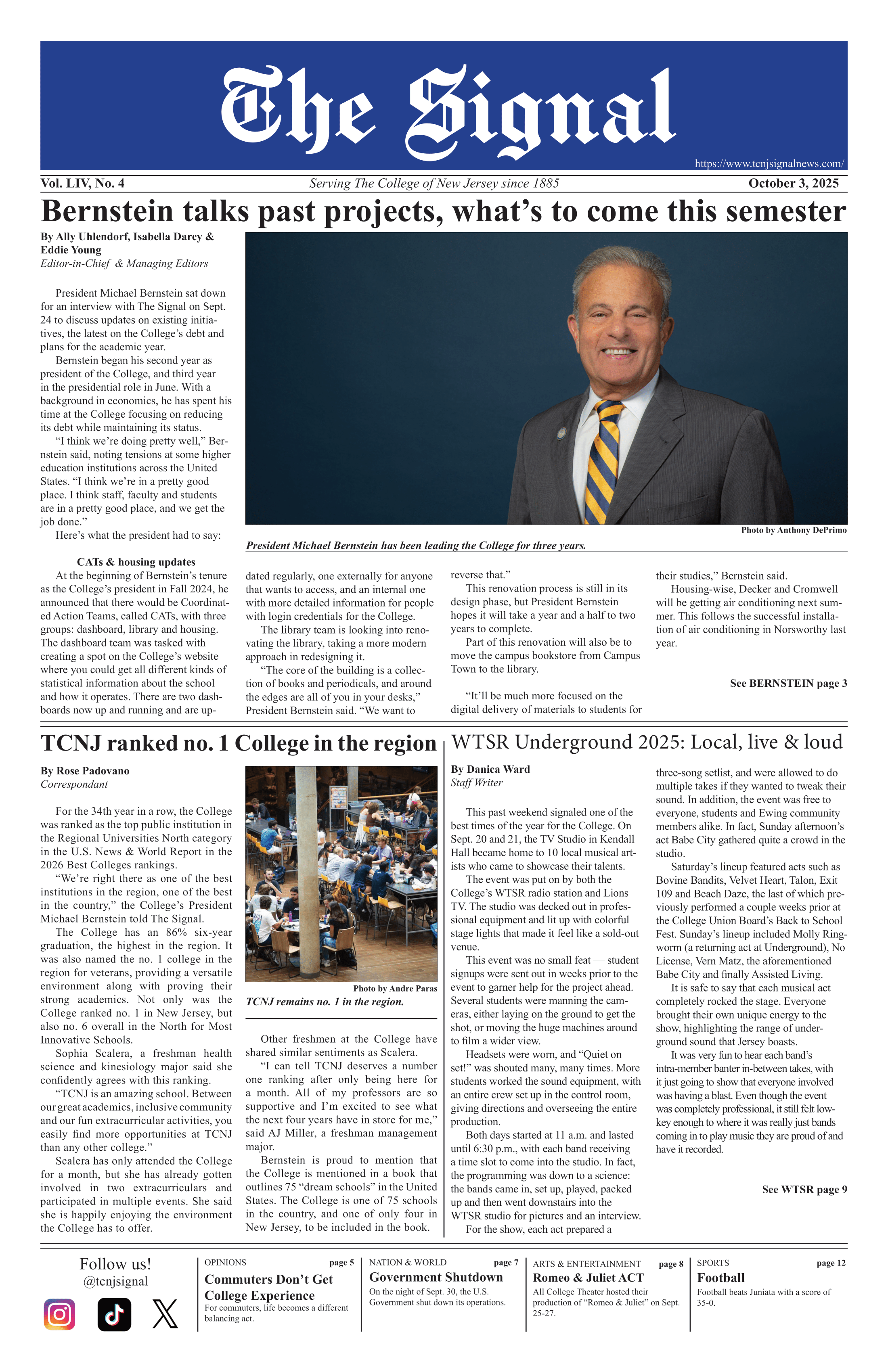By Parisa Burton
Nation & World Editor
Interest in foreign travel to the United States has dropped significantly during the Trump administration so far, particularly among European and Canadian visitors. This trend is partly driven by recent trade disputes and immigration tensions.
Total foreign visits to the U.S. fell 12% in March, the sharpest decline since 2021, a significant shift given that tourism contributes 2.5% to the U.S. GDP, according to Rude Baguette.
Summer flight bookings from Canada have declined 21%, a notable change considering that the country accounts for approximately a quarter of all foreign visitors, according to The New York Times.
CBS News found that even a 10% drop in Canadian tourists could cost the U.S. more than $2 billion in spending and threaten 140,000 jobs.
Summer flight bookings from Europe have dipped 2%, with variance among different countries. For example, bookings from Spain and Portugal have both increased 8%, but Netherlands and Germany bookings have dropped 17% and 12%, respectively.
The International Trade Association reported a 17% decrease in European travel to the U.S. in March, compared to the same period in 2024. This decline is largely due to geopolitical tensions driven by Trump-era policies, with many European citizens increasingly perceiving the U.S. as unwelcoming, according to Rude Baguette.
Tourism Economics, which initially projected a 5% drop, now estimates a 9.4% decline in international travel visitors to the U.S. in 2025.
Canadian travel resistance has been linked to recent tariffs imposed by President Donald Trump, including a 25% tariff on imported cars and parts enacted on March 26. Another speculated reason for the travel boycott is the Trump administration’s recent rhetoric about making Canada the 51st state.
According to the New York Times, “the link between politics and personal travel decisions appears unmistakable. Since President Trump stepped up his hostility toward Canada, border crossings have plummeted.”
Travel advisors in countries including Canada, France, Belgium, Finland, Portugal and the United Kingdom have started warning citizens about increased U.S. border security, including electronic device inspections and increased entry enforcement, Travel and Tour World reported.
“In the first quarter of this year, we are down about 29% to 30%,” Kami Farhadi, CEO of Los Angeles’s Starline Tours, told CBS News. “They don’t feel safe. They don’t feel welcome.”
Border crossings from Canada into the U.S. plunged 32% in March and air travel to the U.S. fell 13%, according to CBS News.
While Canada redirects its travel spending to domestic, European and other non-U.S. destinations amid recent political tensions, tourism to Caribbean countries and Latin America has soared, according to Travel and Tour World.
At a recent Caribbean and Latin America conference, tourism leaders highlighted a boom in travel to countries like Mexico, Columbia and the Dominican Republic, citing a resurgence in hotel occupancy, flight bookings and cruise tourism as key indicators of this growing trend.
To meet this new demand, countries in the CALA region are investing heavily in travel infrastructure, including airport runway expansions, ferry services and cruise terminals. Meanwhile, the average daily rate, a key metric used in the hospitality industry, currently surpasses pre-pandemic levels in the CALA region, reflecting increased revenue earned per occupied room.
It remains to be seen whether Trump’s policy decisions will continue to threaten the tourism economy, with resistance from key market segments like Canada and Europe threatening to further disrupt the industry.
“During a wave of uncertainty, one thing is evident — Trump’s policies and pronouncements have produced a negative sentiment shift toward the US among international travelers,” Tourism News reported. “Negative shifts in sentiment toward the US are expected to adversely impact its global market share.”







